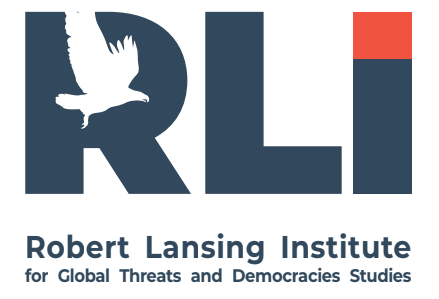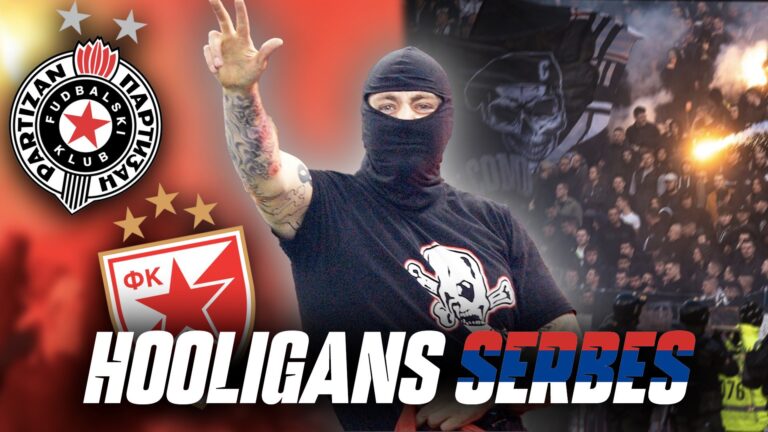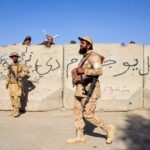In the Balkans, football has never been just a game. It has always been an extension of politics, national pride, and unfinished history. When Albania and Serbia met again in the qualifiers for the 2026 World Cup, the match carried the weight of decades of animosity. For many, it was not only about points on the scoreboard—it was about identity, memory, and the unhealed wounds of the past.
The rivalry between Serbia and all other neighboring countries on the football field has long been charged with political undertones. Out of three previous meetings with Albania, one remains etched in the region’s collective memory—the 2014 match in Belgrade, interrupted when a drone carrying the “Autochthonous” Albanian flag flew over the stadium. The incident triggered violent clashes on and off the field, leading to a UEFA decision to register the game as a 3–0 victory for Albania. That event did more than decide a score; it became a symbol of defiance and the beginning of Albania’s historic journey toward Euro 2016.
Since then, every meeting between the two teams has been viewed not only as a sporting contest but as a test of diplomacy and national temperament. Both sides knew that passions could erupt at any moment, and in the most recent clash in Leskovac, Serbia, those fears once again proved justified.
The qualifier match in Leskovac took place in a tense atmosphere. By agreement between the two football federations, no Albanian fans were allowed in the stadium—an attempt to prevent clashes that might extend beyond the field. Despite the isolation, Albania triumphed 1–0 thanks to a goal by Rey Manaj. His celebration—forming the double-headed eagle symbol with his hands—was an expression of national pride, representing the emblem of the Albanian flag.
But instead of being seen as a gesture of joy, the celebration was met with a yellow card from the referee. UEFA and FIFA classify any display that could be interpreted as political or provocative as forbidden, and the eagle gesture has been treated as such. Yet, to many Albanians, this act was no provocation but a reflection of heritage—especially ironic given that the same eagle is printed on the players’ jerseys and their national flag.
While the Albanian team celebrated a historic victory, the chants echoing through the stadium revealed a darker side of Serbian football. Serbian fans filled the Leskovac stands with nationalistic slogans— “Kill, kill Albanians”—a violent chorus that has accompanied many of Serbia’s matches in recent decades. These chants, though unmistakably hateful, went largely unnoticed by UEFA and FIFA, both of which have been criticized for double standards in handling such incidents.
Outside the pitch, the provocations continued. In the hotel where the Albanian team stayed, maps of Kosovo were displayed under the Serbian flag with the inscription “Kosovo is Serbia.” Similar banners filled the stadium, blurring the line between football rivalry and political aggression. The psychological pressure was palpable, designed to remind Albanian players that their presence on Serbian soil carried more than sporting implications.
The defeat was devastating for Serbia—not only on the field but symbolically. Coach Dragan Stojković, widely known as “Pixie,” resigned immediately after the game and spent the following day under tight security. Serbian President Aleksandar Vučić publicly expressed his anger, saying he had “not slept all night.” In a rare mix of sports and politics, Vučić went as far as blaming citizens who had gathered outside the national team’s hotel for “disturbing the players’ peace,” suggesting that public noise contributed to the loss.
The relationship between Vučić and Stojković has long been close, which explains the president’s visible disappointment. In a previous encounter between the two teams in Tirana, Vučić had publicly urged the coach to “go there and beat them.” The subsequent draw in that match and the current loss in Leskovac symbolized a broader defeat—not just for Serbian football, but for the nationalist narrative often woven through it.
The intertwining of Serbian football with violence and nationalism is not new. The country’s history is filled with episodes where football fandom spilled into militarism. During the wars of the 1990s, many Serbian hooligans were recruited to fight in paramilitary units. Some became members of the infamous “Tigers,” while others joined militias in Bosnia and Croatia. Even Radovan Karadžić, the Bosnian Serb leader later convicted for war crimes, reportedly recruited militants from among Red Star Belgrade fans during his tenure as the club’s psychiatrist.
The overlap between sport and warfare became explicit in March 1992, when Red Star supporters chanted “Kill all Croats! Kill all Albanians!” as Belgrade’s night sky filled with fireworks. But the most notorious moment came even earlier—in May 1990—during a Yugoslav League match between Dinamo Zagreb and Red Star Belgrade. When clashes broke out between fans, the “Delije” (Red Star ultras) stormed the field, and Croatian player Zvonimir Boban famously kicked a police officer, an act that became a symbol of Croatian resistance on the eve of war. Notably, President Vučić himself was once associated with the Delije fan base, further blurring the boundary between sports enthusiasm and political identity.
A pattern of violence across borders
Serbian hooligans’ behavior has also stained the international stage. On September 17, 2009, a French fan was killed during clashes between Partizan Belgrade and Toulouse supporters—a tragedy that shocked Europe. Just a year later, in October 2010, Serbian fans disrupted a Euro 2012 qualifying match in Genoa between Italy and Serbia. The match lasted only six minutes before chaos erupted: flares were thrown, barriers destroyed, and the Albanian flag was burned in full view of the cameras. The central figure of that night, Ivan Bogdanov, became infamous across Europe. UEFA awarded Italy a 3–0 victory, and the incident marked one of the lowest points in Serbian football history.
By 2012, the behavior of Serbian fans had drawn so much international concern that the British government urged UEFA to sanction the Serbian Football Federation, not only for fan violence but also for the aggressive conduct of players themselves.
The Leskovac match is not an isolated event—it is part of a long continuum where Serbian football becomes a stage for nationalist sentiment, often crossing the boundary between pride and hate. From the 1990s to the present day, the violent legacy of Serbian hooliganism continues to haunt its stadiums. While sports should ideally serve as a bridge between nations, in this case, football reveals deeper political and cultural fractures. Albania’s victory was not merely a sporting success; it was a symbolic assertion of identity in a space historically dominated by intimidation and nationalism. The silence of institutions like UEFA and FIFA in the face of hate speech and double standards only deepens the injustice. When football becomes a battlefield for old political wars, the sport loses its essence. The story of Serbia’s football fans is not just about hooliganism—it is about a nation still struggling to separate passion from provocation, and sport from politics.
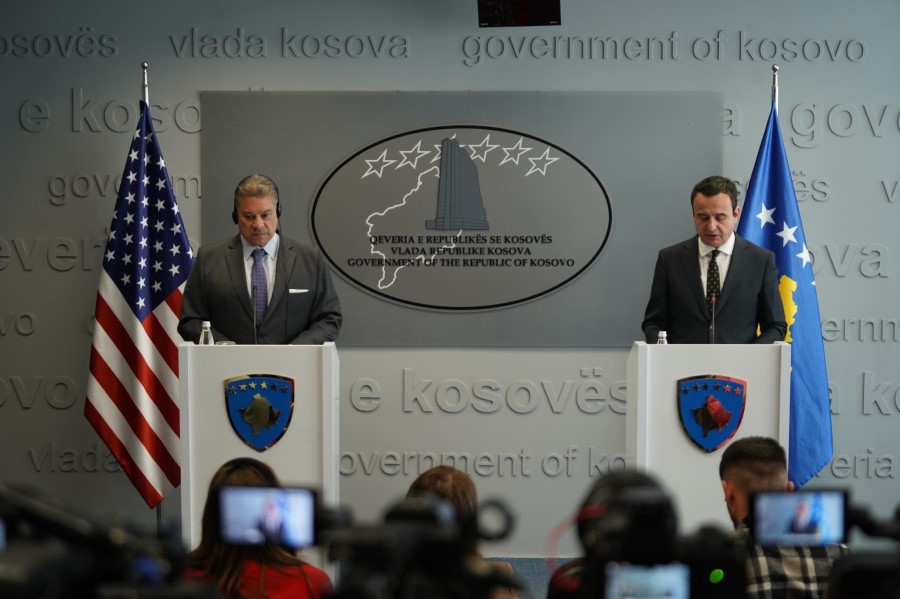
More on this story: Serbia’s aggressive campaign to deny Kosova’s existence
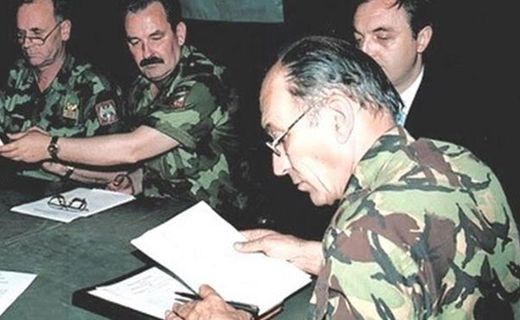
More on this story: Serbia’s war against Kosovo is asymmetric
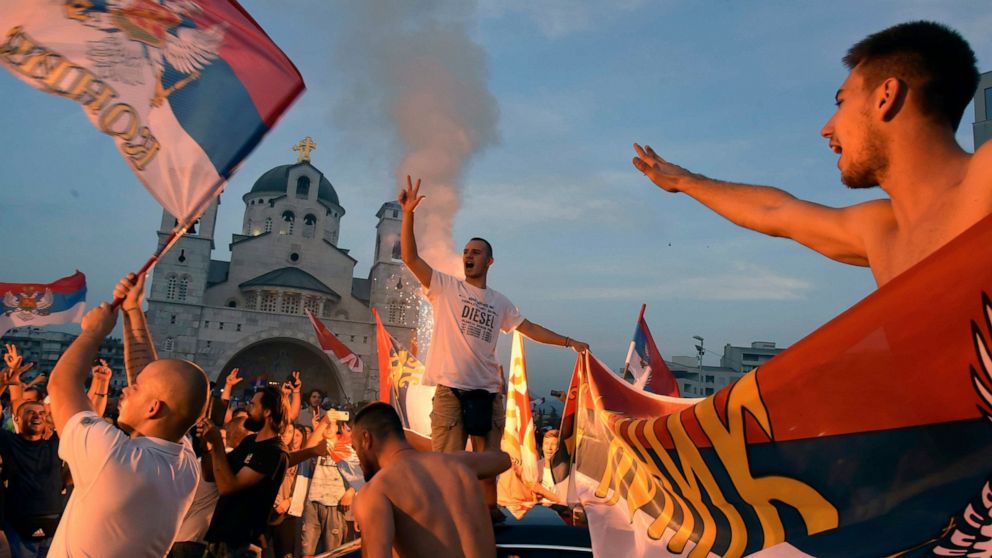
More on this story: Why is Serbian Orthodox Church following Milosevic’s agenda in Kosovo?
